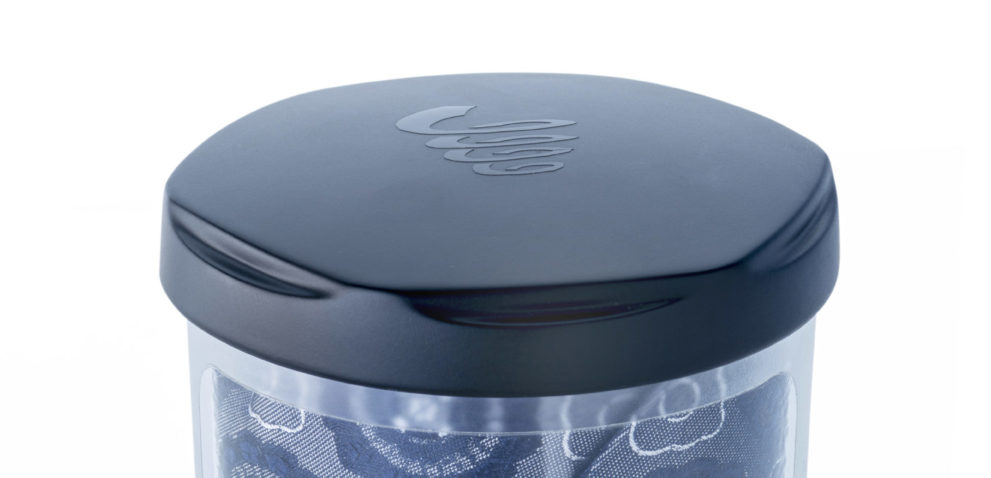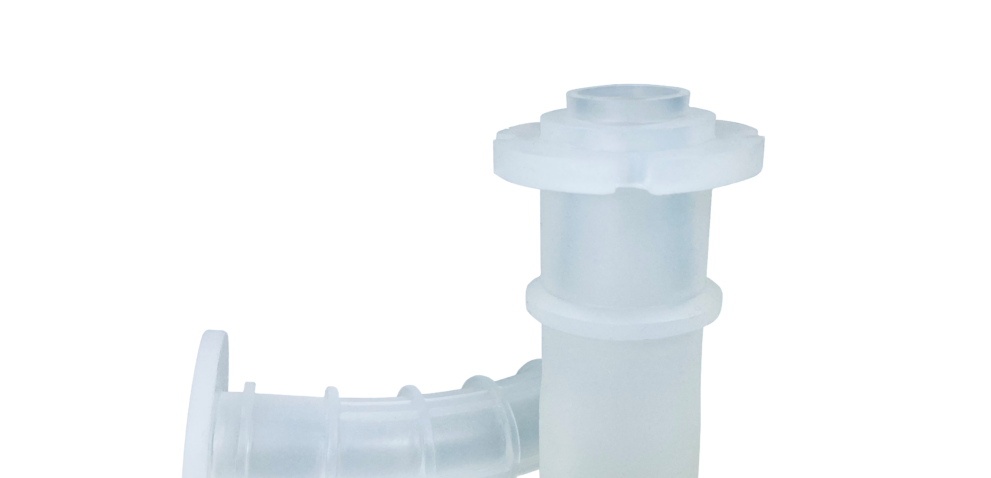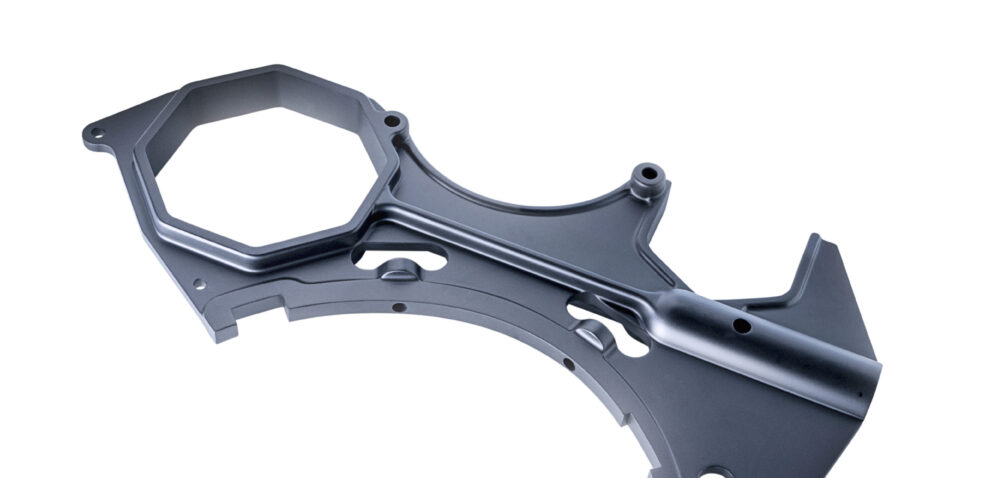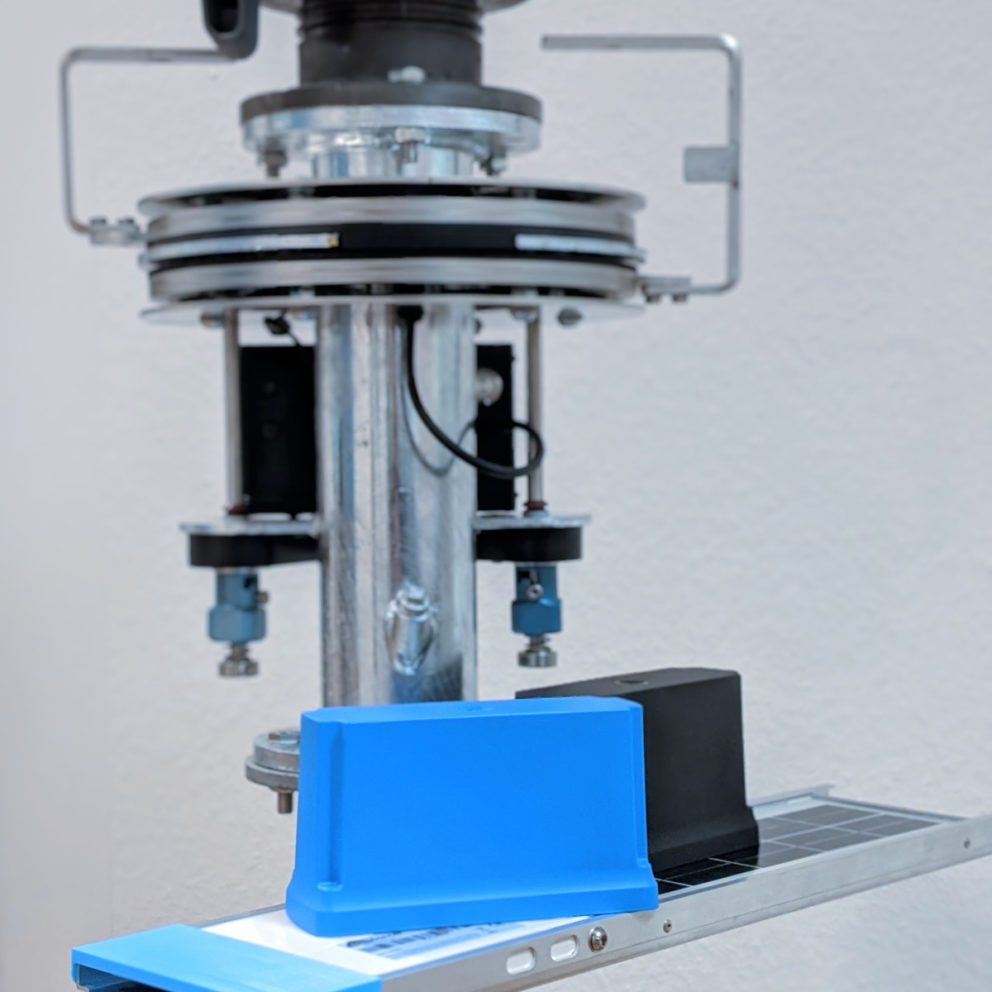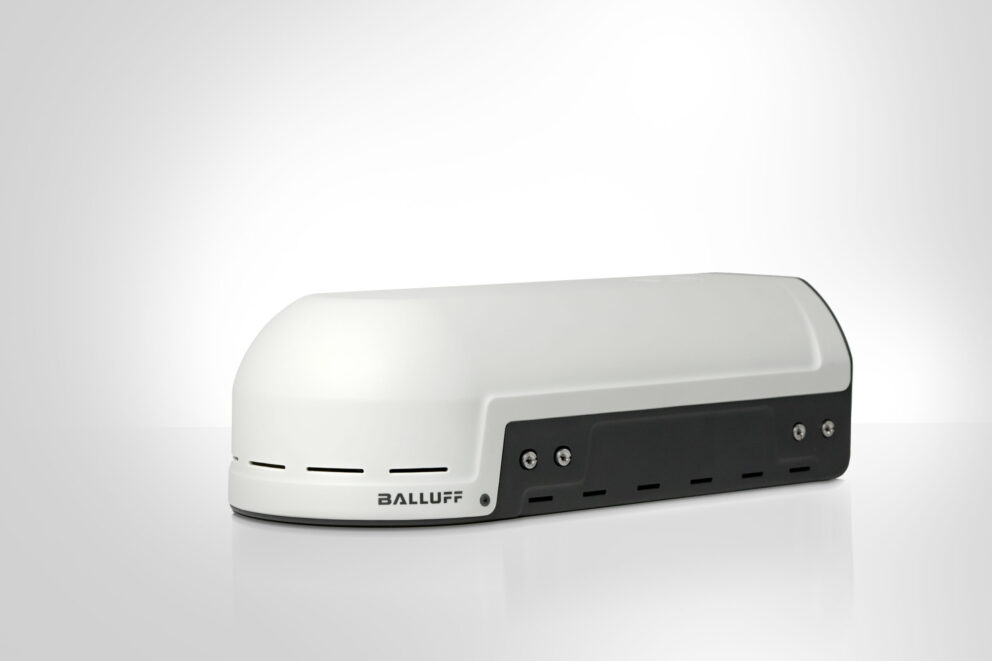Vacuum Casting, RIM and Polyamide Casting
Possibilities
YOUR BEST CHOICE
Shot Volume
up to 0 kg
Heat deflection temperature
up to 0ºC
Tensile strength
up to 0 MPa
Notched Impact Strength (ISO 179)
up to 0 kJ/m2
Application temperature with silicone
0 ºC–0 ºC
Shot Volume
up to 0 kg
Heat deflection temperature
up to 0ºC
Tensile strength
up to 0 MPa
Notched Impact Strength (ISO 179)
up to 0 kJ/m2
Application temperature with silicone
0 ºC–0 ºC
USE CASE
Technology
IN PERFECT SIZES
The path to vacuum cast parts is quick, easy and cost-effective. We create a master pattern from your 3D data, build a silicone mould and can then move on to casting your parts. The production of 10–20 parts takes no longer than 10 working days on average.
A mixing system is used to mix the A and B components of the PUR material and inject them under pressure into the mould. The parts are then ready to cure a few days later. This process makes it possible to produce silicone parts in silicone moulds. The advantage over rubber and elastomers is the high chemical resistance and the high-temperature range in which they can be used, of up to more than 200 °C. The applications are diverse: from use as seals, for fixtures, in prototype equipment for food processing or for potting electronic components.
Production is simple and fast: We create a master model from your 3D data using stereolithography. The master model is finished and lacquered, then moulded and encapsulated with two-component silicone. After the silicone has cured, the resulting mould is opened and the master model is removed. Now a mould is available that can be used to produce 10-15 PA castings.
